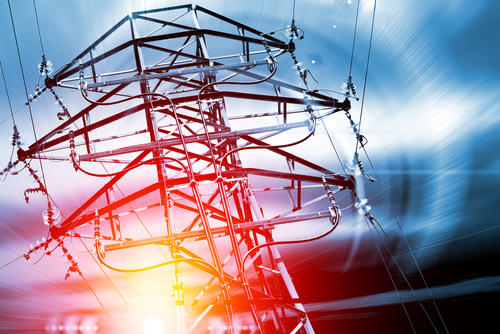NERC publishes Distributed Energy Resource Strategy document

The North American Electric Reliability Corp. (NERC) has published a report called the Distributed Energy Resource Strategy, which identifies strategic actions necessary to ensure reliable operation of the bulk power system into the future.
Distributed energy resource (DER) levels are growing across North America, altering how the bulk power system is planned, designed, and operated. DERs, which are small electricity supply or demand resources connected to the grid, have multiple benefits, but they also create challenges to grid reliability.
NERC has been working with industry stakeholders to identify reliability risks to the bulk power system (BPS) associated with the increasing DER levels. This document was developed to identify the current and future strategic actions necessary to ensure reliable operation of the BPS.
NERC’s strategy document creates a risk framework to help the Electric Reliability Organization (ERO) in the process of managing risk. It includes six specific steps: risk identification; risk prioritization; mitigation identification and evaluation; deployment; measurement of success; and monitoring.
It then delves into the core tenets to mitigate risk, including DER modeling capabilities, studies incorporating DERs, operational impacts of DERs, and regulatory considerations related to DERs.
On DER modeling, NERC found a lack of DER modeling information, tools, and established practices. This limits transmission planners’ ability to accurately incorporate DER models into planning assessments. To address this challenge, NERC developed clear reliability guidelines to support transmission planners in their efforts to develop DER models for use in reliability studies. Also, NERC is working to develop a guideline to ensure that the reliability studies account for growing DER levels.
In addition, NERC has identified the changing resource mix as a high risk for the BPS that incorporates the shift toward a more decentralized, distribution-connected generation. Thus, as the percentage of generation connected to the BPS is reduced, the reliability support provided may also be shifted to where the generation is connected. As this transition occurs, NERC is studying the possible risks associated with changes to the transmission–distribution interface and determining possible mitigating measures. NERC will continue to provide guidance to address the operational impacts of increasing penetration of distribution-connected generation.
Further, the document examines the spectrum of regulatory decisions on the growing DER levels. This includes the introduction of the DER aggregator; NERC reliability standards enhancements; cyber security concerns with DERs and the DER aggregator; and training and education.
Additionally, NERC said it is committed to ensuring collaboration and coordination with industry stakeholders in the area of DER impacts on the BPS. NERC is also working closely with the U.S. Federal Energy Regulatory Commission and the National Association of Regulatory Utility Commissioners to ensure alignment with state and federal requirements. In addition, NERC has partnerships with several key organizations, including the Electric Power Research Institute, the North American Transmission Forum, the North American Generation Forum, the Energy Systems Integration Group, National Laboratories, academic institutions, and the U.S. Department of Energy, to help advance industry practices.
Finally, the document highlights the importance of monitoring and measuring the effectiveness of mitigation activities.
